Step-By-Step Guide to Building a Safe Emergency Shelter in Your Home’s Basement

Preparing for emergencies is an important step that can provide additional protection for your family. A basement is an ideal place to build an emergency shelter, as its underground location offers security from various threats, such as storms, earthquakes, or other natural disasters. This article will discuss the steps to build an emergency shelter in your basement, from planning and preparing equipment to ensuring safety.
Determine the Function and Type of Shelter

Source: americanoutdoor.guide
The first step in building a shelter in your basement is to determine its function. Is this shelter meant to protect against natural disasters like earthquakes and storms, or is it designed for more extreme emergency preparedness? This decision will influence the design, equipment, and materials needed. An emergency shelter can be a small space in the corner of the basement or a larger, fully equipped room with beds, food supplies, and communication equipment.
Prepare the Space in the Basement

Source: castellex.com
If the basement is not yet suitable for living or emergency protection, some preparations are necessary. Ensure the basement has adequate ventilation, no water seepage that could cause high humidity, and is easily accessible in emergencies. Clearing out unnecessary items from the basement is also important to make the area safer and more spacious.
Create a floor plan for the basement to ensure that the shelter has enough space to comfortably accommodate the entire family. If possible, allocate enough room for temporary seating or sleeping arrangements.
Build Strong Walls and Floors
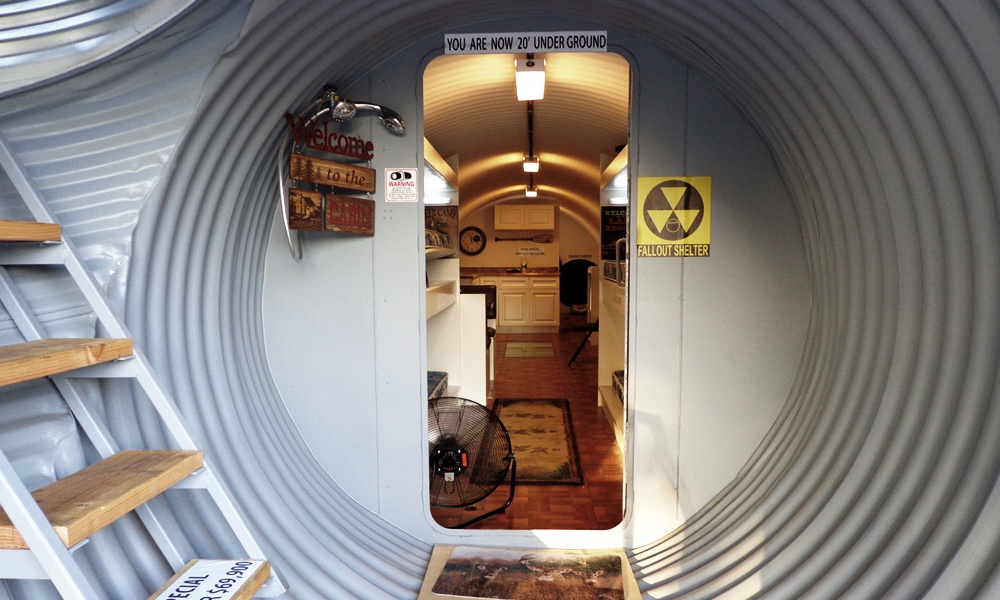
Source: coolmaterial.com
The walls and floors of the emergency shelter must be able to withstand external pressure, especially if the shelter serves as protection from explosions or seismic vibrations. Reinforced concrete is a common material for the shelter's walls and floors due to its strength and durability. Ensure that the basement walls are thick enough to provide adequate protection.
You can also add waterproofing layers to the floor and walls to prevent water seepage, especially if the basement is prone to flooding or high humidity. Waterproofing will also help reduce the risk of mold growth, which can be harmful to health.
Ensure Adequate Ventilation
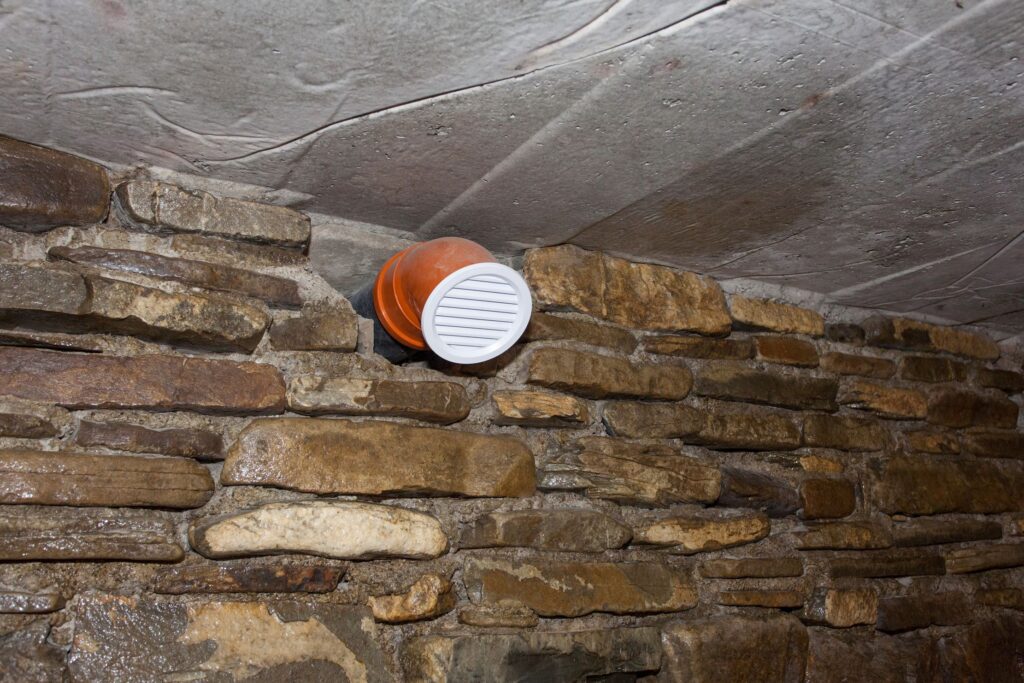
Source: immovlan.be
Ventilation is essential in an emergency shelter. Make sure the basement shelter has proper ventilation to allow good air circulation and ensure oxygen is available, especially if the shelter is used for extended periods. Proper ventilation will help reduce humidity and prevent the buildup of harmful gases.
If possible, install air vents connected to air filters. These filters will help remove dust, smoke, and other harmful particles that may enter from outside. Additionally, you can add battery-powered fans or air exchange devices designed for emergency conditions.
Install a Secure Door
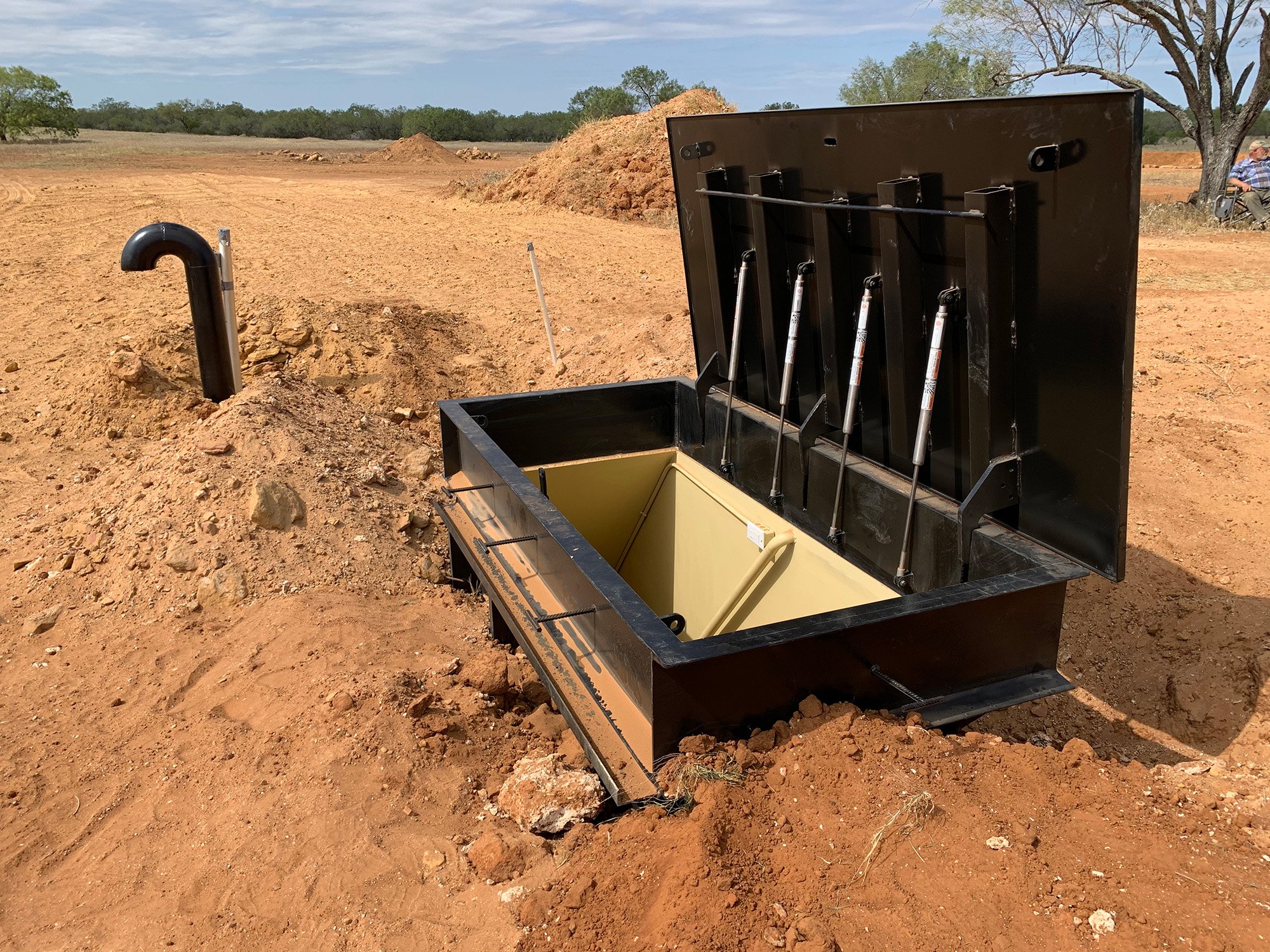
Source: atlassurvivalshelters.com
The shelter’s door is a critical element, as it must provide maximum protection from external threats. Choose a door that can withstand high pressure, such as a steel door or a reinforced steel door with strong hinges. Ensure the door is easy to open from the inside but difficult to access from the outside to maintain security.
Ideally, the shelter door should be equipped with a lock system that is not easily damaged. If there is a fire risk, consider selecting a fire-resistant door. You can also install additional bars or locks on the door to enhance security when the shelter is in use.
Install Emergency Lighting

Source: www.tecled.com.au
Emergency lighting is important to ensure the shelter remains illuminated and accessible during an emergency. You can install battery-operated emergency lights or use a backup power source. In addition to emergency lights, make sure to have several flashlights or portable lamps that can be used if the main lights fail.
LED lights can be a good option since they are energy-efficient and last longer. Be sure to store spare batteries in case the lights run out of power.
Stock Up on Food and Water Supplies

Source: sfchronicle.com
Food and water supplies are crucial in an emergency shelter. Store non-perishable food items such as canned goods, protein bars, and dried food that can last for a long time without refrigeration. These can be kept in sealed containers to protect them from moisture or insects.
Water supplies should be sufficient for all family members for at least 3 days. Store water in clean, sealed bottles or containers. You can also provide a portable water filter in case the water supply runs out, and you need to source emergency water.
Prepare Medical Supplies and Medications
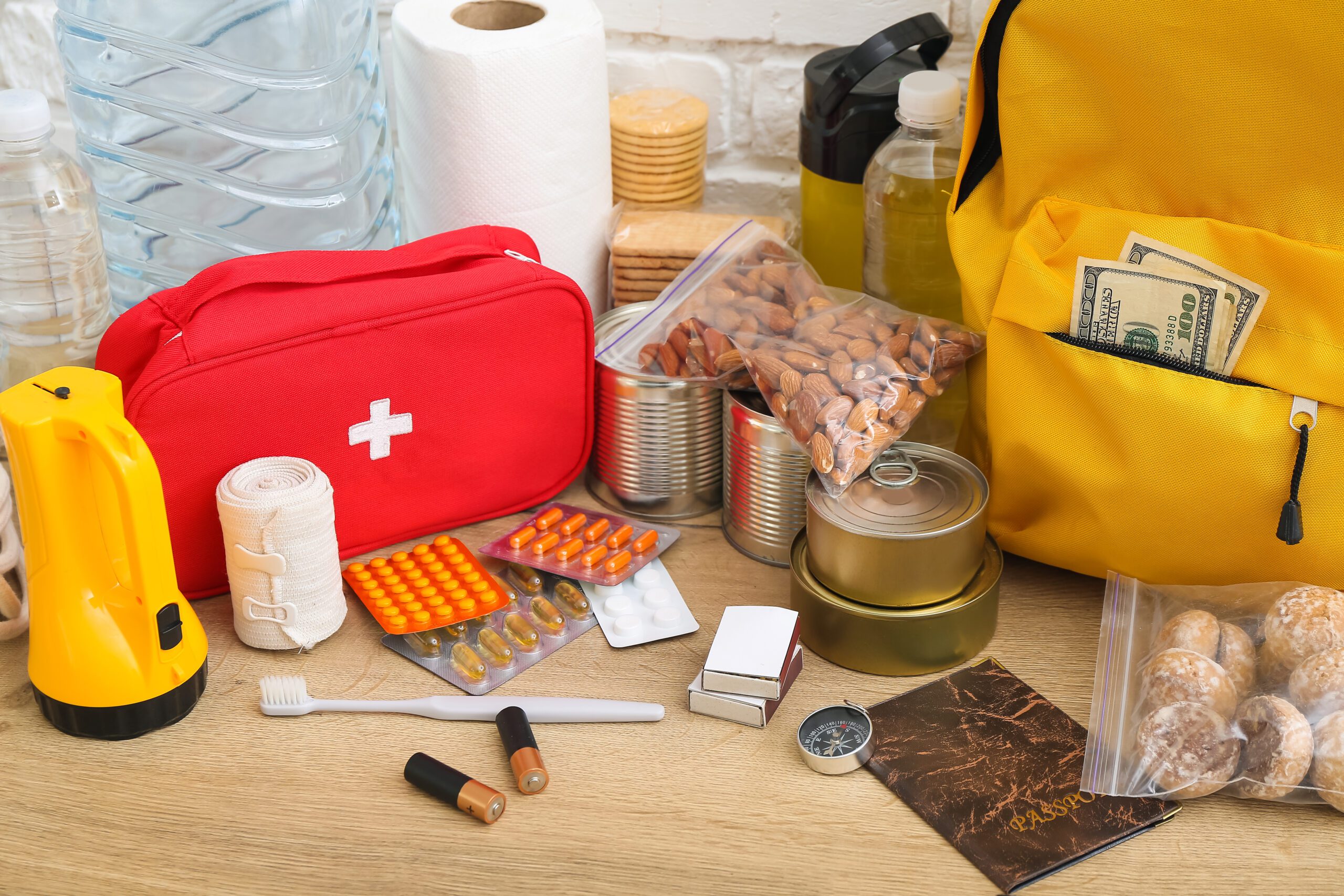
Source: thesurvivalmom.com
An emergency shelter should be equipped with basic medical supplies, such as a first aid kit, bandages, alcohol, pain relievers, and other essential medications. Be sure to store medications needed by family members with specific medical conditions.
Emergency medical supplies can be very useful during emergencies when access to hospitals may be limited. Ensure all family members know how to use the first aid kit and how to care for minor wounds or injuries during an emergency.
Provide Communication Tools and Information
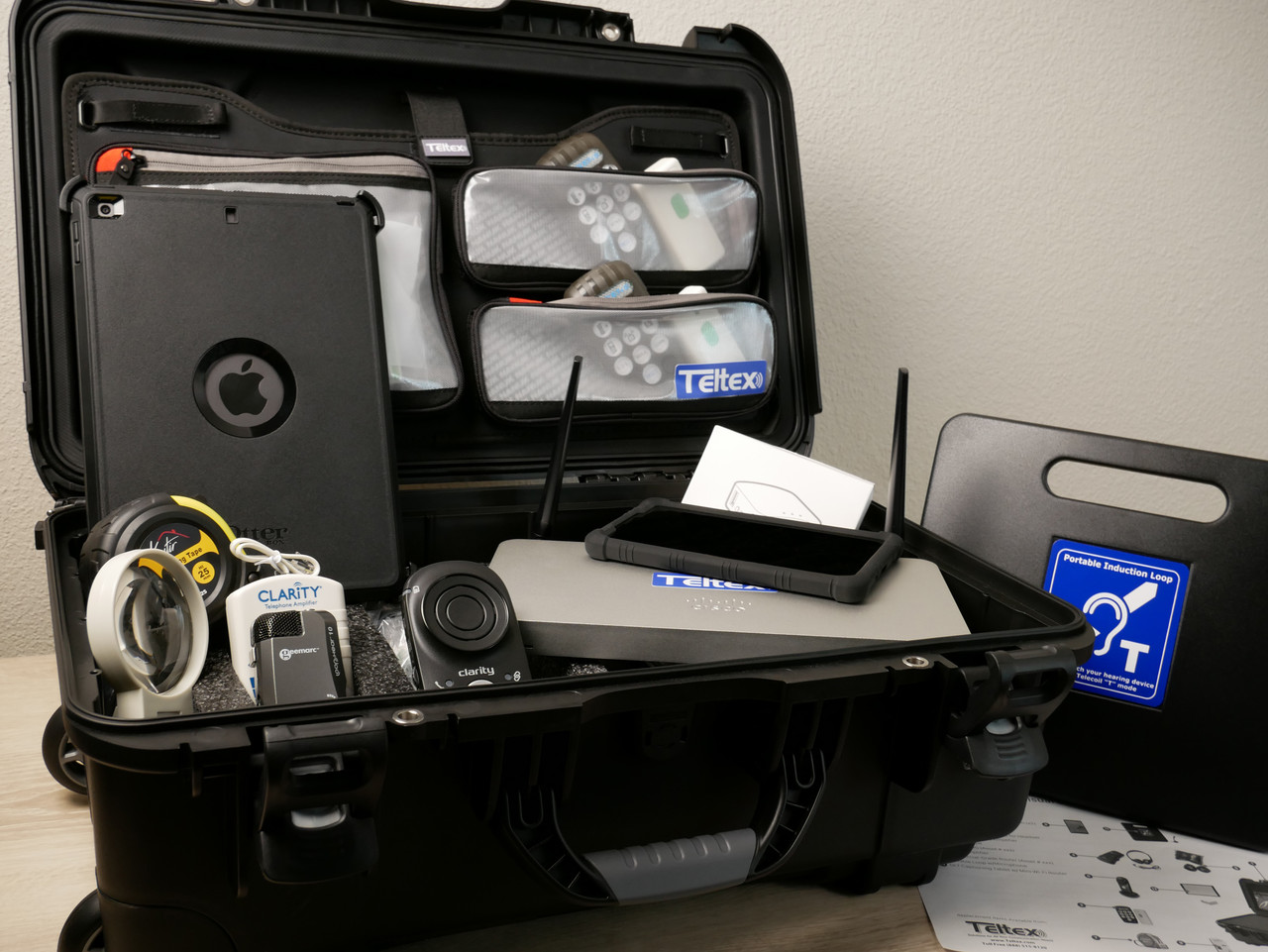
Source: teltex.com
Communication is a vital aspect of being in an emergency shelter. Provide a battery-powered radio to receive information from authorities about the situation outside. Additionally, have a mobile phone or walkie-talkies available for communication with others if needed.
These communication tools will help you know when it is safe to leave the shelter. Along with the radio, you should also store portable chargers or power banks to charge your phone during emergencies.
Train Family Members and Conduct Drills
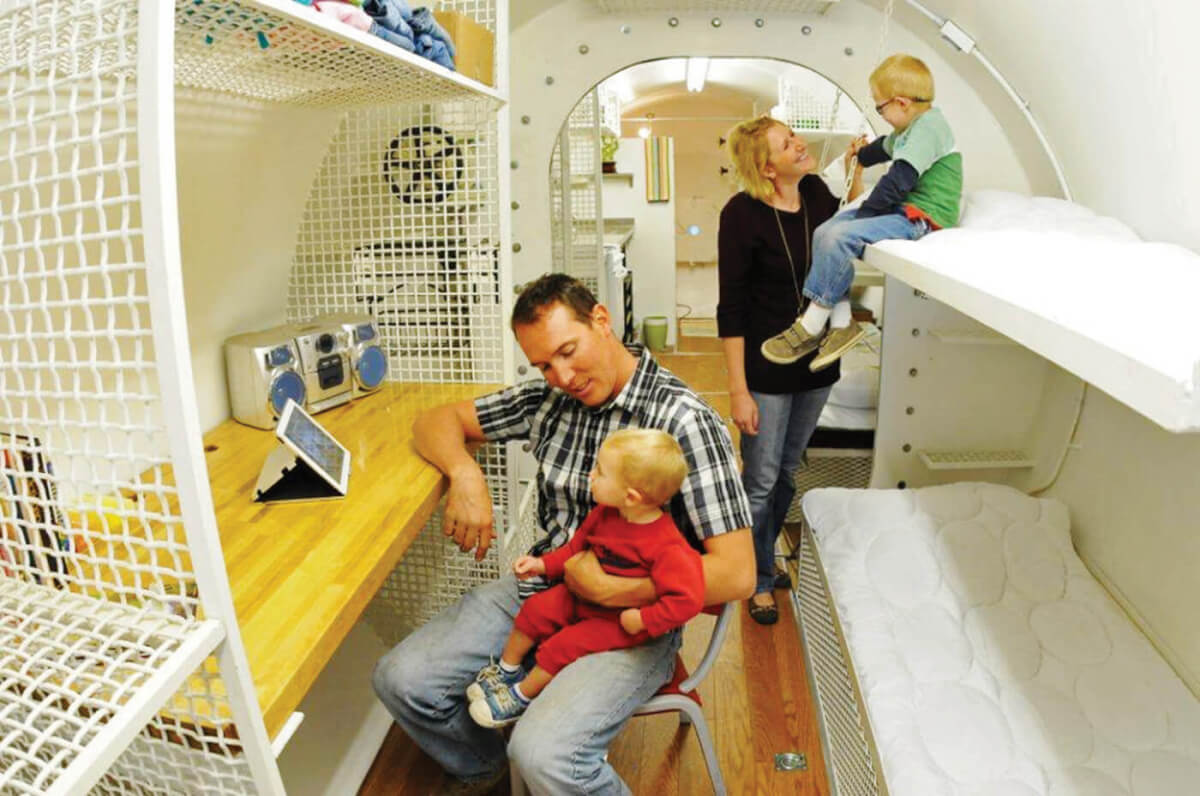
Source: www.americanoutdoor.guide
An emergency shelter will be more effective if all family members know how to use it and what to do during an emergency. Conduct regular drills so everyone becomes familiar with the emergency procedures and understands what to do in critical situations.
Ensure everyone knows the location of the emergency exits, how to use medical supplies, and how to communicate if isolated in the shelter. These drills will help reduce confusion and panic in a real emergency situation.
Conclusion
Building an emergency shelter in your basement is a step that can significantly increase the safety and security of your family in an emergency. With careful planning, adequate ventilation and lighting, food and water supplies, as well as medical and communication equipment, a basement shelter can be a safe refuge. Don’t forget to regularly check the shelter’s supplies and train your family members on emergency procedures.
Building a shelter requires time and resource investment, but the benefits are substantial when an emergency arises. Family safety is the top priority, and a well-prepared shelter in your basement can provide the extra protection needed during critical situations.arurat.
Heading Source: prepperhideout.com







